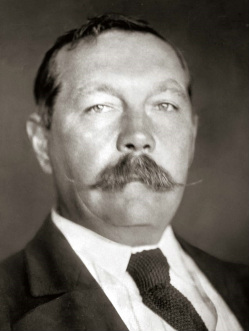 Click for Source Image
Click for Source Image As his twilight years began to dawn on him and to cast a shadow over a hugely successful career, Sir Arthur Conan Doyle went a bit mad. The Scots-born physician-turned-author had run into a stroke of horrible luck, losing his son in the First World War just over a decade after the death of his first wife, and turned to spiritualism as a means of solace. He was the key defender of the Cottingley Fairies hoax and remained adamant that the mystical winged creatures were real. He did his level best to convince fellow spiritualists to edit their faith system around his original Christianity. He titled his only memoirs The Wanderings of a Spiritualistand in them claimed as irrevocable fact that he could talk to the dead and had done so several times before an audience.
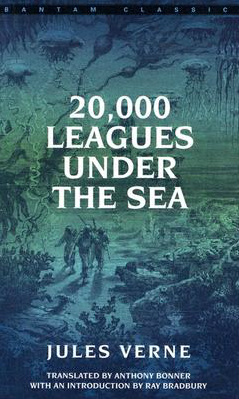 Click for Source Image
Click for Source Image Could this, then, be the key selling point of Conan Doyle’s fiction showing through in his autobiographical work? After all, the man had a keen interest in travel, adventure and discovery, and even in the supernatural. Fairly late in life he gave us The Lost World, the story of an expedition into a fictionalised view of the Amazon where dinosaurs roam and murderous ape-men do battle with the local tribe. What made the Sherlock Holmes novels so interesting was that detection – at least to a competent level – and forensic science were new, potential-laden concepts. Stories like The Sign of the Four and The Final Problem saw Holmes involved with Indians robbed of their art collections and sent him off to Switzerland for his last dramatic showdown. In addition to exploits as an amateur lawyer overturning unjust cases, Conan Doyle popularised the mystery of the Mary Celeste and turned into a defining example of unsolvable intrigue. His trick all along was to capture the public’s imagination, an imagination that was most likely vivid within the author himself.
The Victorian era was a ripe time for exploration and curiosity and a financially viable heyday for the adventure novel. Some of them, though not so gracefully critically received at the time, have become household titles. In 1885, H. Rider Haggard gave us King Solomon’s Mines, beginning a franchise that would inspire countless spin-offs and imitations over the next 150 years (and killing Sean Connery’s career with its lead character). This particular novel is considered by most to be the origin of the Lost World genre of adventure fiction and was billed by the press at the time as “the most amazing book ever written”. Fifteen years before, Jules Verne – the less critically popular of the two – had given us 20 000 Leagues Under the Sea, the rich, sprawling tale of an over-eager academic and his friends aboard a mysterious globe-traversing submarine, following it up with Journey to the Centre of the Earth and Around the World in Eighty Days, also paving the way for sci-fi. Within the same decade, Conan Doyle’s fellow moustachioed Scot, Robert Louis Stevenson, released Treasure Island and Kidnapped, becoming one of the earliest authors – Jack London among his company – to reach international celebrity status and live comfortably off his fortune of royalties.
Like all good things, it came to an end. What makes Conan Doyle so special in this regard is that he was one of the last of them, keeping the Victorian adventure era alive as long as he could and successfully traversing the border into what would become crime fiction, possibly the most dominant genre of the late 20th century. It’s likely, however, especially considering his later-life interests, that he would have seen what was coming next.
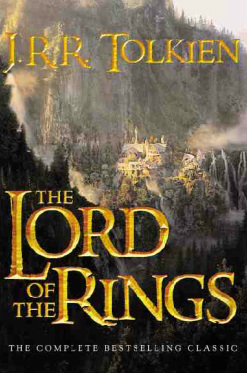 Click for Source Image
Click for Source Image The why is easy to spot. By the time he came along, it was time for a change. With the age of exploration as over in reality as it was on the page, with no new lands left to find and information flowing more freely into the hands of a previously isolated public, the reader’s sense of adventure was ripe for collapse. The likes of Tolkien, in what was most likely a happy accident, solved this dilemma by inventing new ones for the public to probe. The same people reading his work and that of the countless other epic fantasy writers today are the same folks who would have pored over Verne’s latest yarn, back when they knew little of what lay beyond their native shores.
George R.R. Martin tried something similar and, in what many would deem an unlikely twist, has become massively successful. In an open, multi-cultural, globalised world where anyone can go anywhere and send a quick email beforehand, things can get a bit dull. Could it be, then, that high fantasy has taken up the mantle of old-time adventure fiction, capturing the feverish imagination and wanderlust of the millions of readers uninterested in existentialism, espionage and crime-solving? By the looks of it, yes it has.



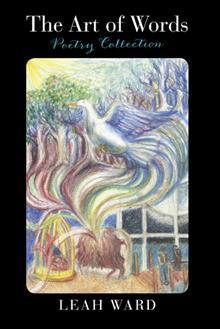
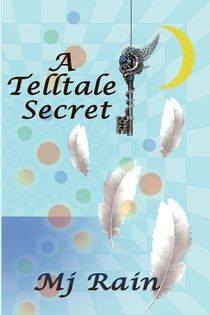
 RSS Feed
RSS Feed
